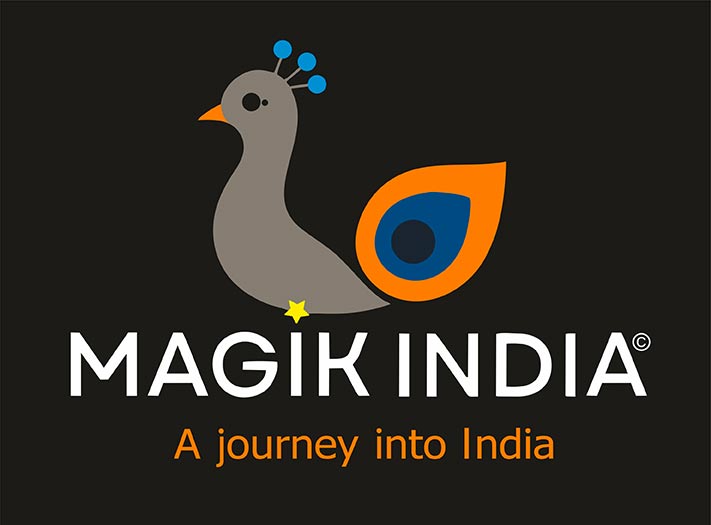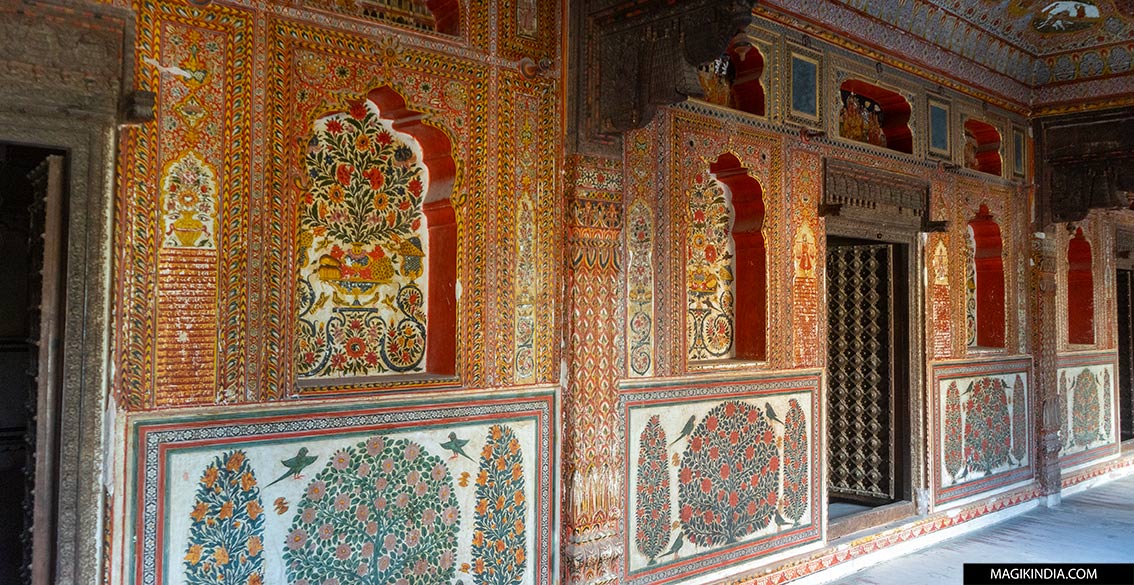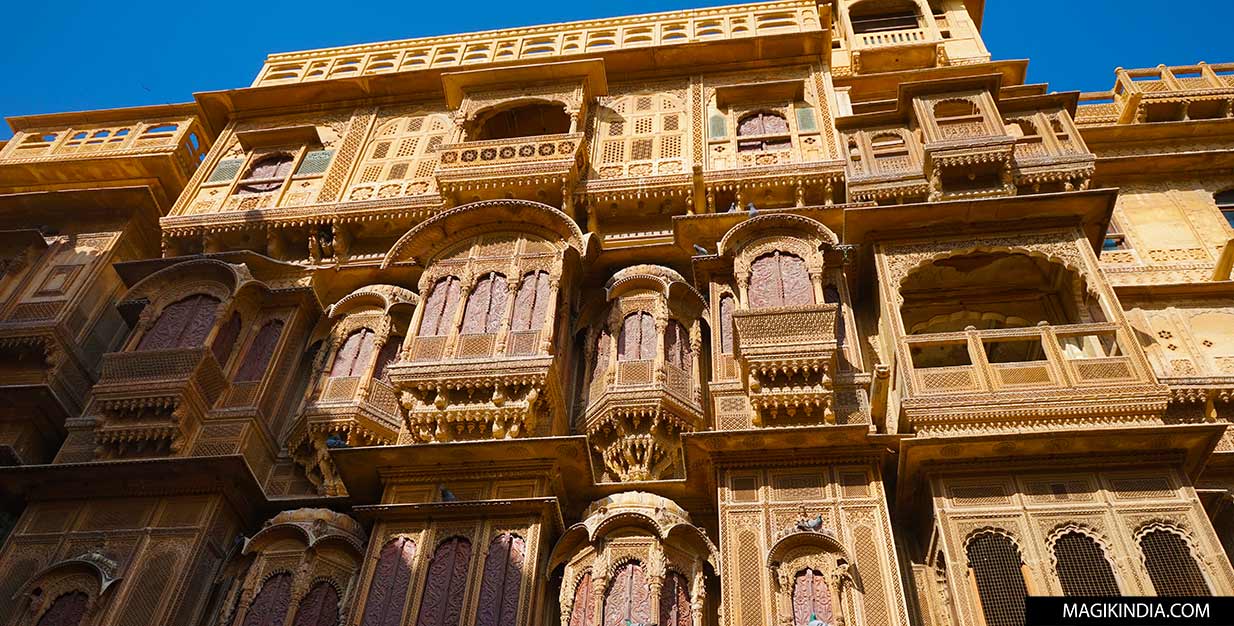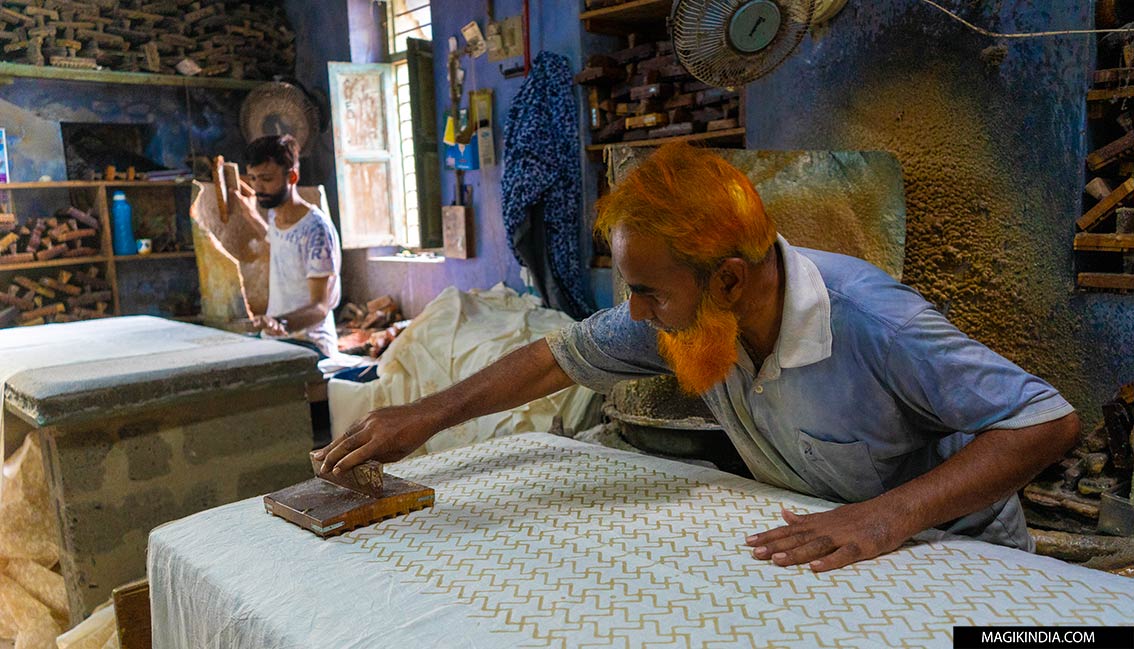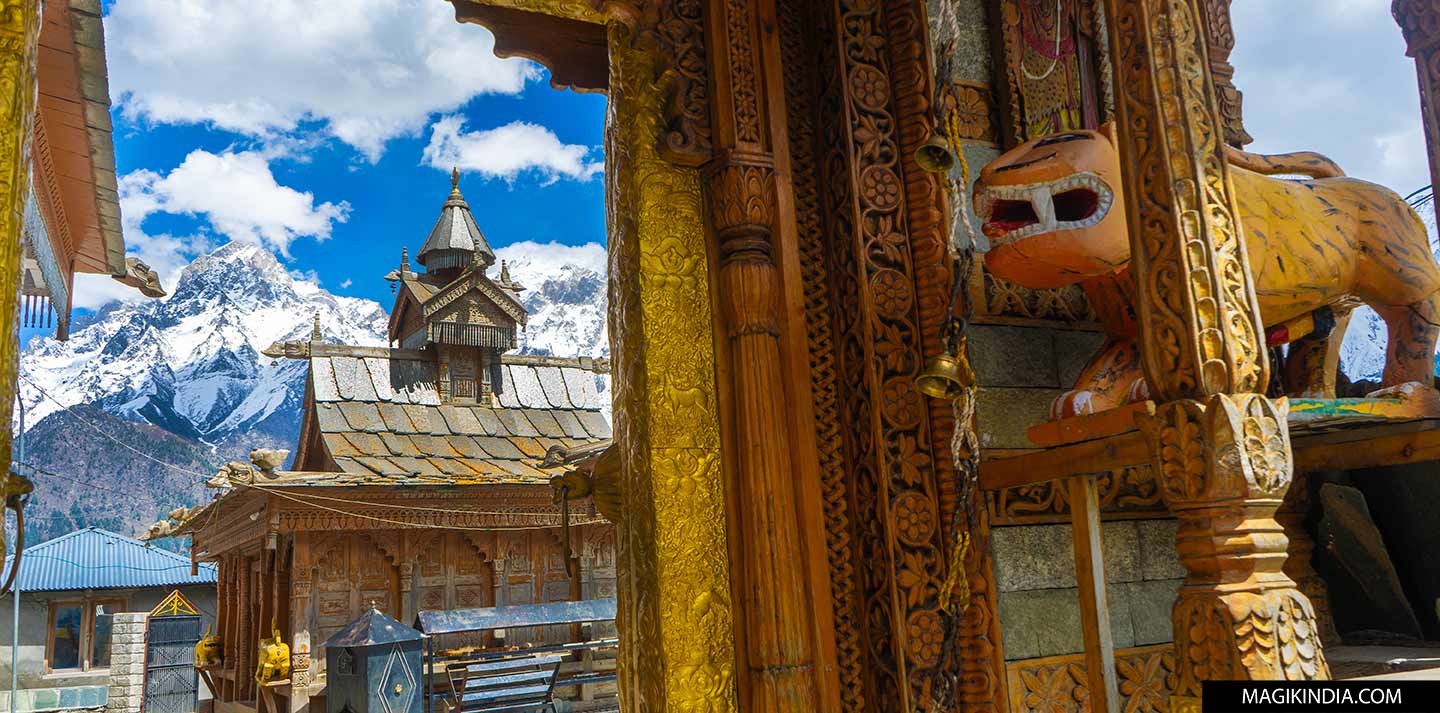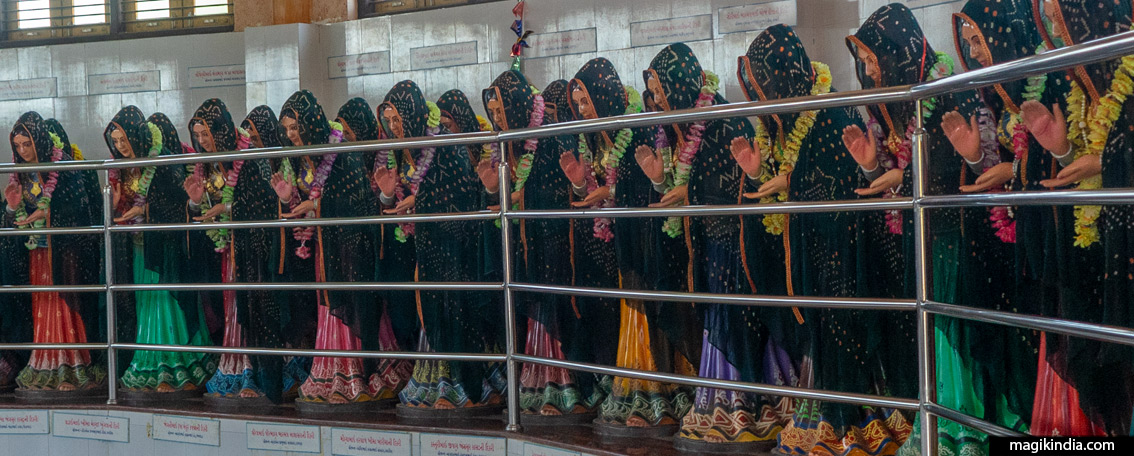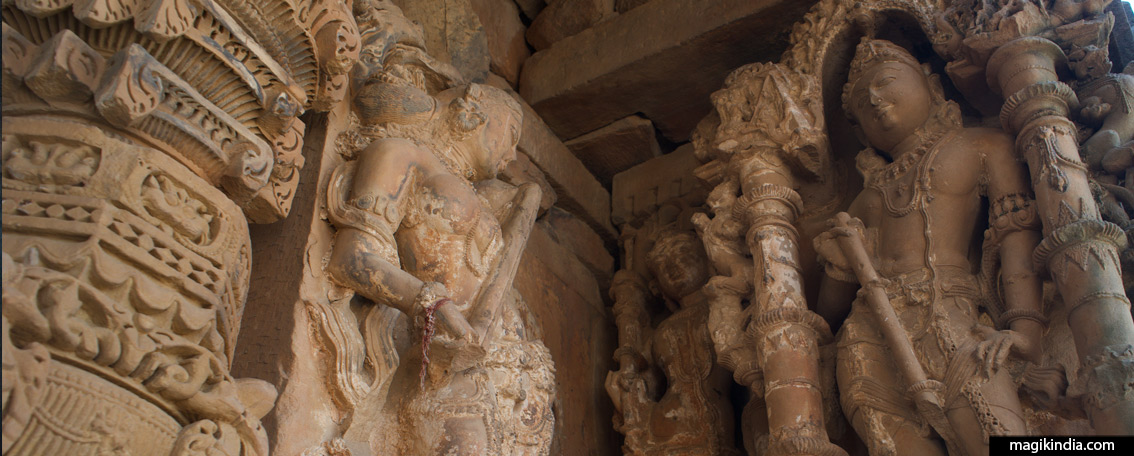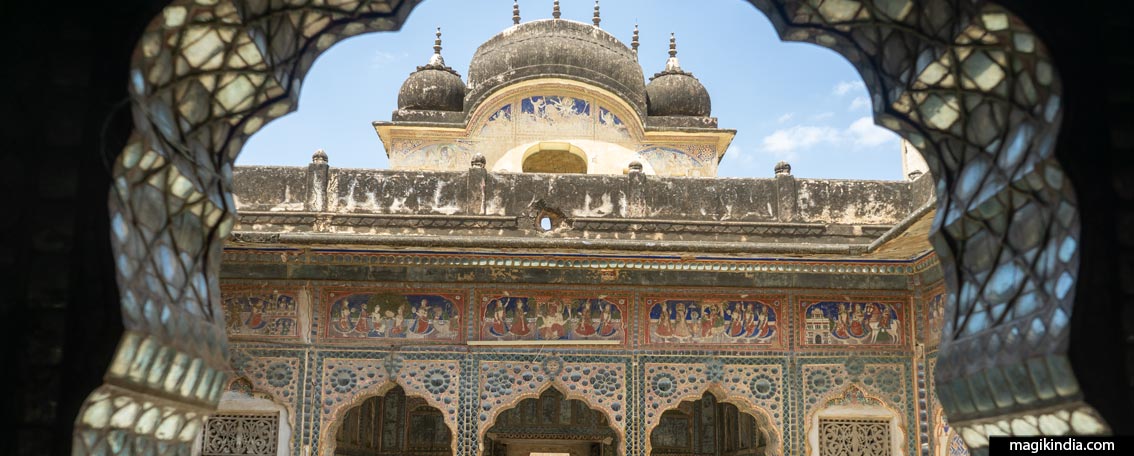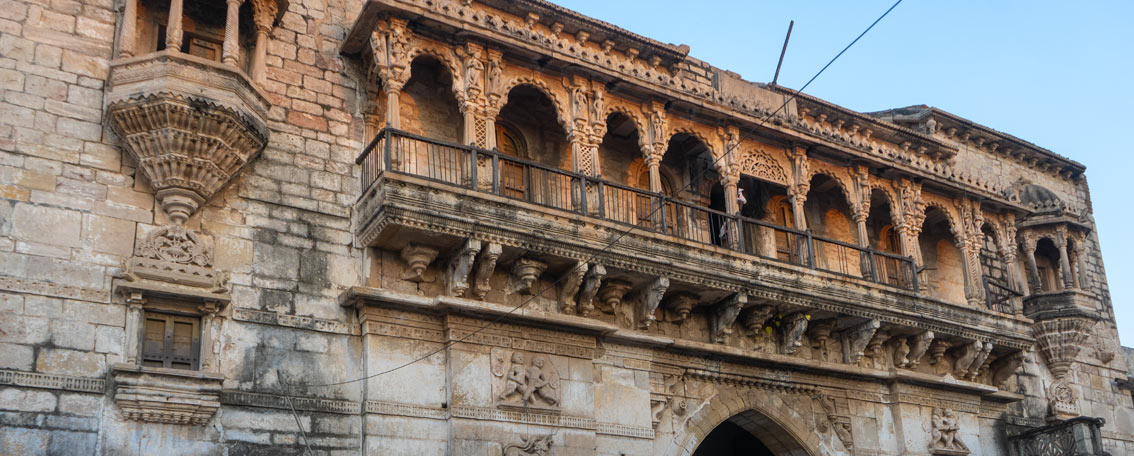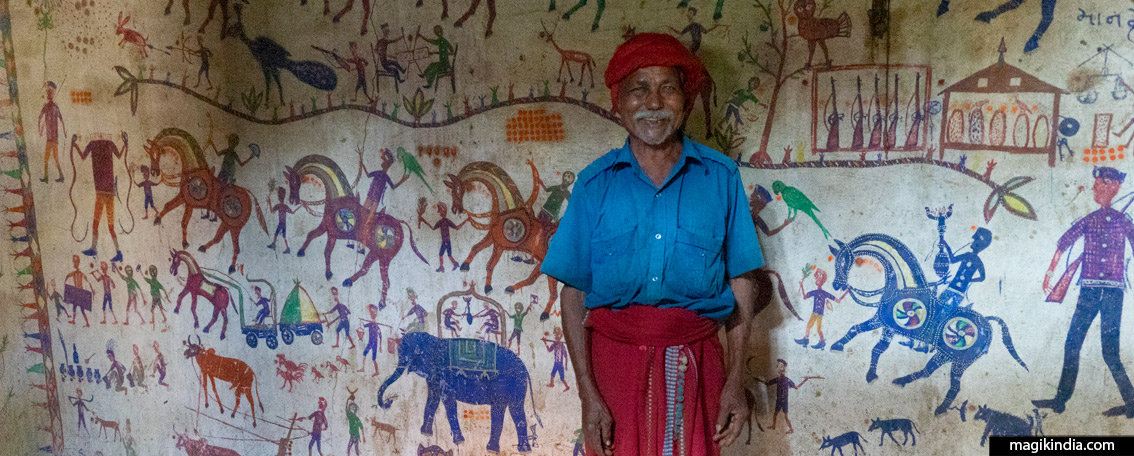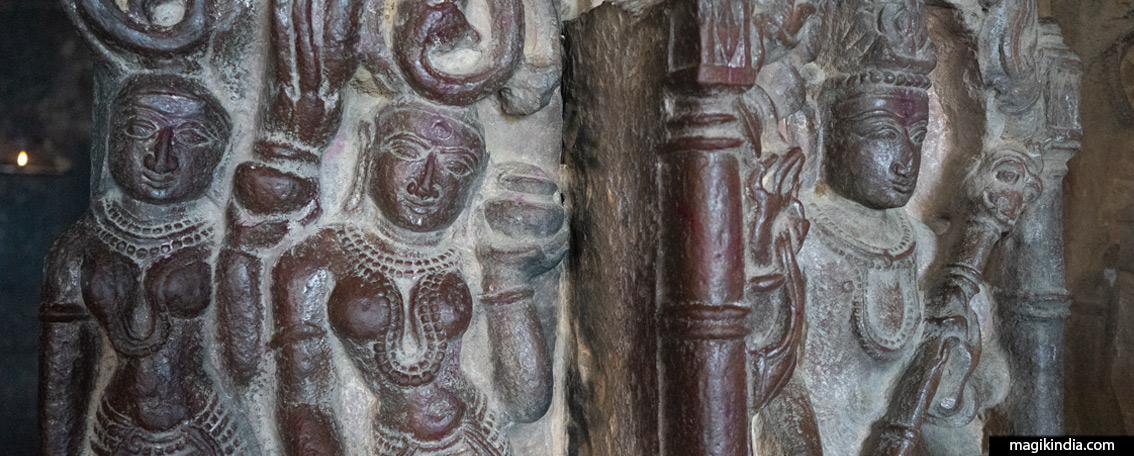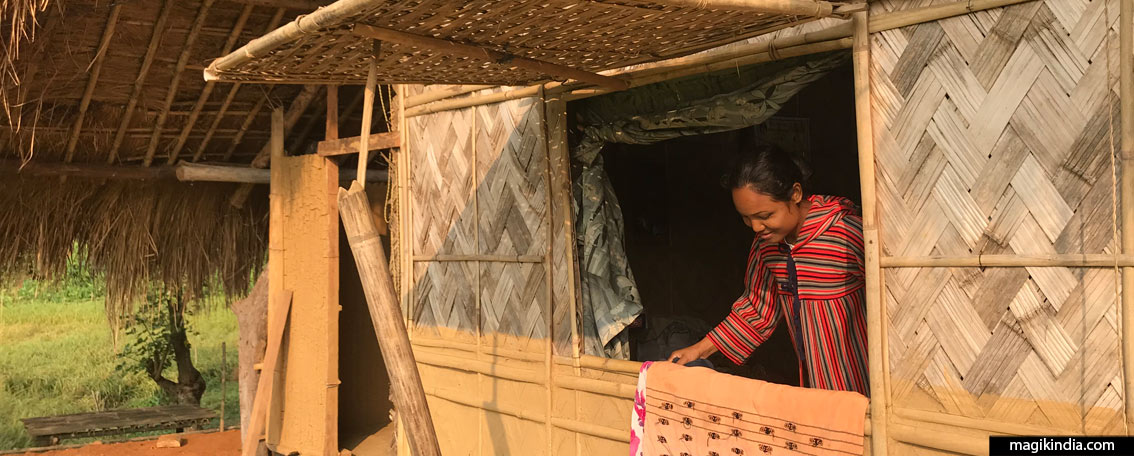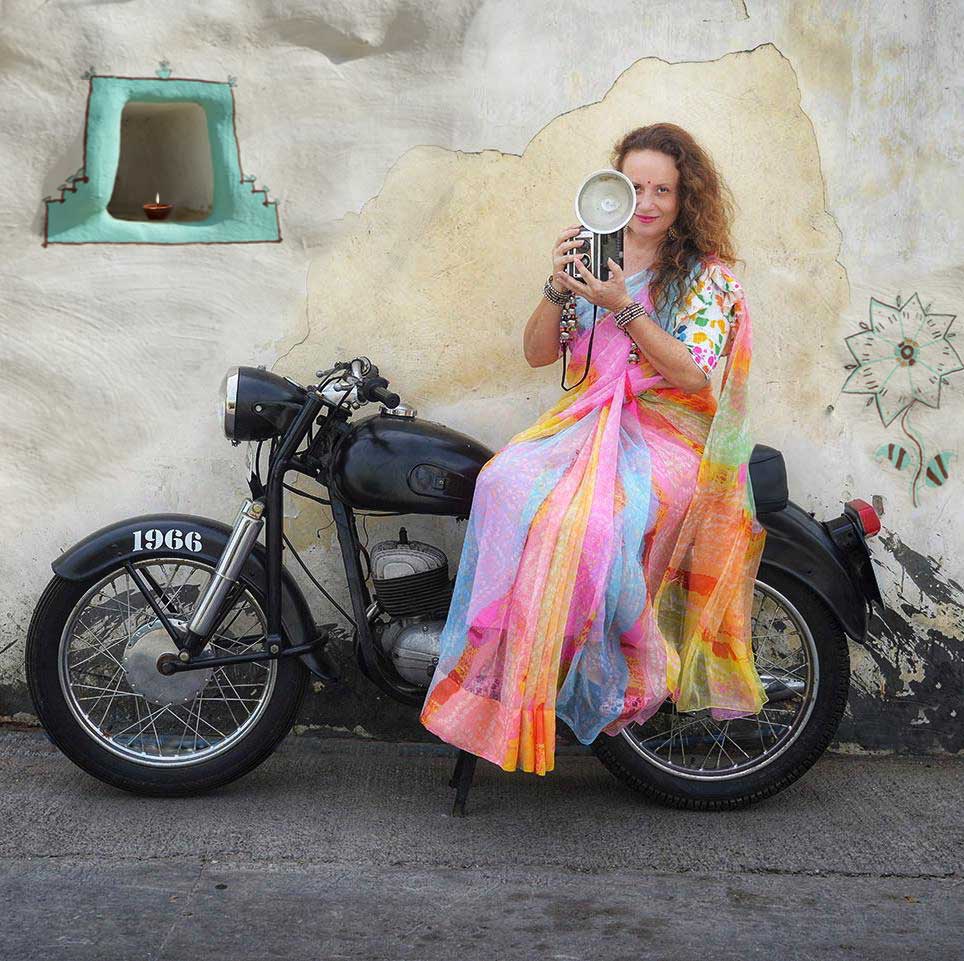
Namaskaram !
Welcome, Padharo ! I'm Mathini, a French woman who has been living in Rajasthan for 10 years. Despite being imbued with Indian culture from a young age it wasn't until 2014 that my Indian adventure really began. I left everything behind in France and set off on a 6-year journey through the land of Gandhi. These adventures are gathered in this blog which aspires, in an intentionally positive spirit, to bear witness to India's remarkably diverse and multifaceted cultural heritage. If this website sparks a desire to pack your bags and set off for an Indian adventure, it will have achieved its purpose. Subh Yatra on Magik India and beautiful explorations in the sacred land of Bharat...
Located in Rapar Taluka, east of Kutch district (Gujarat) and an hour and a half from the archaeological site of Dholavira, Vrajvani is a much revered temple, especially by the Ahir community. This shrine is absolutely unique in India in that it houses 140 life-size statues of women.
It’s no longer a secret, the Shekhawati region is one of my absolute favorites in Rajasthan. Not only is it the native land of my in-laws, but above all it is an inexhaustible treasure trove of architectural jewels. The Khemka Shani temple located in the city of Ramgarh, two hours from Jaipur, is one of these marvelous jewels.
Nasik, located 160 km from Mumbai, the capital of Maharashtra, is considered one of the holiest cities in India. Not only does it host the famous Kumbh Mela every twelve years, but it is also where Lord Rama of lived for a few years in exile with his wife Sita and his brother Laskhman. On a more hedonistic level, the city is also known as the wine capital of India: the wine estates nestled around Lake Gangapur cultivate all the greatest grape varieties, from Sauvignon to Chardonnay via Merlot and Riesling, to cite only them.
Sayla was love at first sight for me! Located in the Saurasthra peninsula, three hours from Ahmedabad, the city of the Rajputs Jhala is a destination still little visited by travellers. And yet, it has lots to offer! Apart from its charming old town, its many historical monuments and its skilled craftsmen, Sayla is also known as “Bhagat-no-Gav”, or “the village of saints” due to its many spiritual centers.
A Pithora painting, even reproduced on a canvas, is above all considered a sacred ritual. It is performed by the Adivasi Rathwa people of Chhota Udepur and Panchmahal districts in Gujarat. These colorful naive frescoes that seem to belong to millennial times, illustrate the mythology and the daily life of the Rathwas.
Located on the road between Bundi and Chittorgarh, the Menal temple complex is an essential cultural stopover in Rajasthan. This ancient site, in addition to being an architectural gem, was a high place of Shaivism during the reign of the Chahaman sovereigns in the 11th century AD.
